Gracefully curved and irresistibly elegant, pear-shaped fruits have a way of stopping us in our tracks. Maybe it’s the naturally artistic silhouette — wider at the base, tapering delicately at the neck — that feels both familiar and exotic at once. Or perhaps it’s deeper than that: a visual symbol of abundance, femininity, and the promise of juicy sweetness concentrated where the fruit swells most. Whatever the reason, these curvy delights have long captured human imagination, standing apart in a world of perfectly round produce. From cultural intrigue to pure aesthetic pleasure, here’s a closer look at fruits that don the iconic pear-like shape.
1. Pear
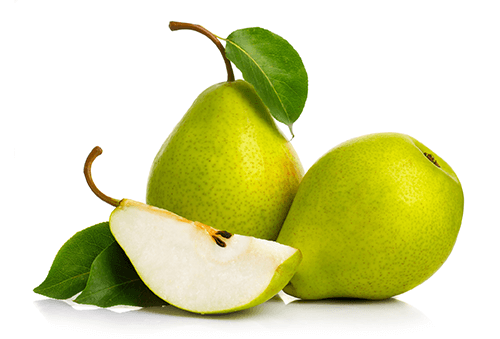
The pear is the namesake of the iconic “pear-shaped” silhouette — rounded at the base and narrowing gently toward the stem. With tender skin that ranges from green to russet gold, its buttery flesh melts in the mouth with gentle sweetness and floral undertones. Originating in Europe and Asia, pears have long symbolized elegance and fertility in art and literature.
They can be enjoyed fresh, poached in wine, baked into tarts, or sliced into salads for a juicy contrast. Laden with fiber — especially in their skins — and rich in vitamin C and antioxidants, pears support digestion and immunity while providing a low-calorie sweet treat.
2. Quince
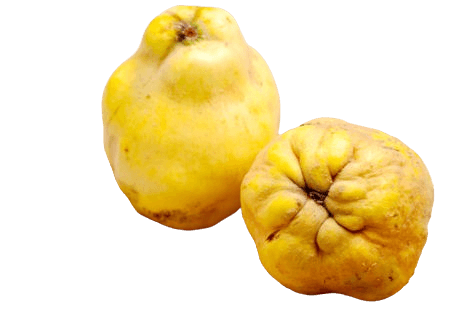
Quince resembles a knobbly, yellow pear with a beguiling fragrance and firm texture. Native to the Caucasus and Iran, this ancient fruit has graced tables since Babylonian times. Unlike its softer cousins, quince is too astringent to eat raw but morphs into soft, blushing rose-gold perfection once cooked.
Stewed, roasted, or transformed into fragrant jams and membrillo paste, quince adds a rich floral, apple-pear flavor to desserts and savory dishes. High in pectin and antioxidants, it promotes gut health and is a favorite in traditional medicine for easing digestive troubles.
3. Guava
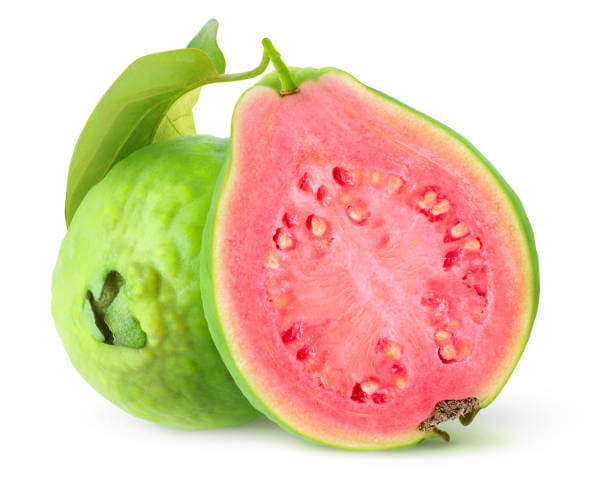
Some guava varieties take on a squat pear-like profile, bulbous at the bottom and narrowing toward the stem. They come with green or yellow skin and vivid pink or creamy white interiors studded with edible seeds.
Guavas offer a punchy tropical aroma and sweet-tart flavor; they can be eaten fresh, juiced, or turned into candies, jams, and smoothies. Boasting exceptionally high vitamin C — often quadruple that of oranges — along with lycopene and fiber, guavas are immunity-boosting powerhouses.
4. Avocado
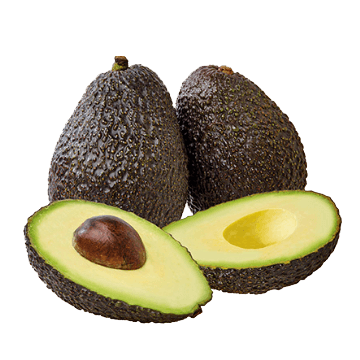
Avocados such as the Fuerte variety display a classic pear shape: narrow at the stem and full-bodied at the base, with thick pebbly skin enveloping silky, buttery flesh and a large central pit. Over the years, avocados have become a global culinary icon thanks to their luxurious texture and mild nutty taste.
Beyond smashing onto toast, they shine grilled, blended into smoothies, tossed in salads, or transformed into creamy guacamole. Packed with heart-healthy monounsaturated fats, potassium, and antioxidants, avocados support cardiovascular health, glowing skin, and satiety.
5. Fig
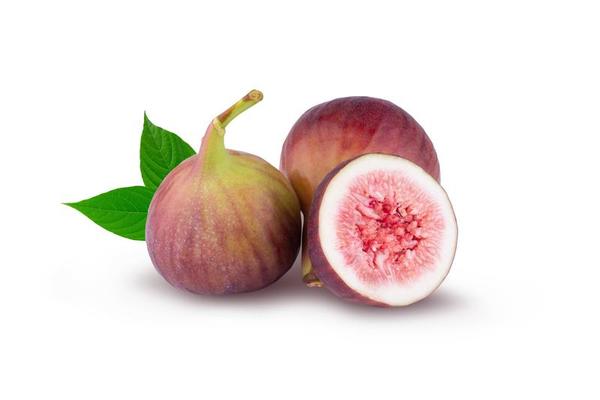
Figs often resemble tiny hanging pears, plump at the base and tapering to a delicate tip. They have thin, edible skin ranging from pale green to deep purple, concealing a lush, jam-like interior with crunchy seeds.
Enjoyed fresh, dried, or baked into breads and desserts, figs impart intense honeyed sweetness tinged with subtle berry notes. Rich in fiber, calcium, and polyphenols, they support bone health and digestion while providing a natural, energy-boosting treat.
6. Chayote (Vegetable Pear)
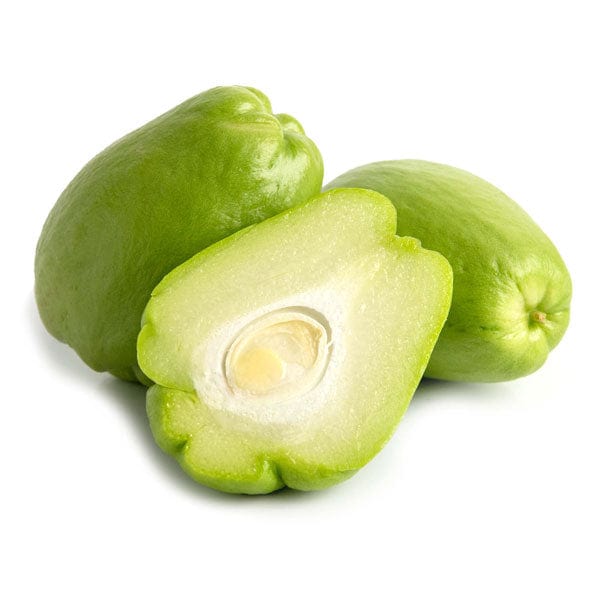
True to its nickname, the chayote mirrors a smooth, green pear in shape, though technically a fruit and culinarily treated as a vegetable. They have crisp, pale flesh and mild tastes that absorb flavors beautifully.
It can be stir-fried, stewed, stuffed, or even eaten raw in salads. Low in calories and high in water, vitamin C, and folate, chayote is a beloved ingredient for heart-healthy and weight-conscious diets across Latin America and Southeast Asia.
7. Papaya

Large and pear-like, papayas have golden-green skin that encloses vibrant orange-red flesh and a cavity filled with shiny black peppery seeds. They are known to deliver a musky sweetness that shines in bowls, salads, juices, and smoothies.
Papaya’s secret is papain — a powerful digestive enzyme — along with vitamins A and C that support vision and immunity. Whether eaten fresh, blended, or used in meat tenderizers and salsas, papaya is both delicious and functional.
8. Rose Apple (Water Apple/Bell Fruit)
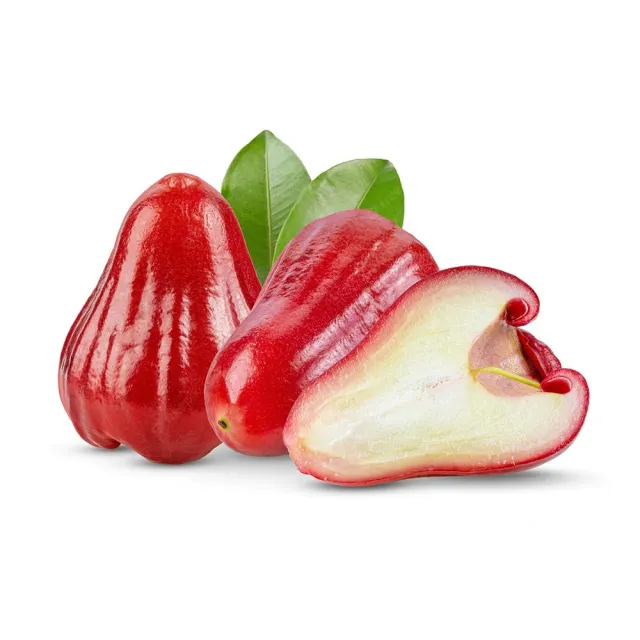
Glossy and bell-shaped with a wide base and narrow top, the rose apple looks like a waxed, upside-down pear. It yields crisp, watery flesh with a subtle floral sweetness reminiscent of rosewater. Served chilled and fresh for maximum refreshment, it’s also pickled or included in tropical salads. Composed largely of water and antioxidants, rose apples are hydrating treats ideal for hot climates and light snacking.
9. Cashew Apple
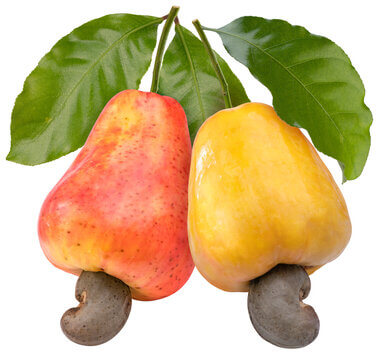
Though overshadowed by the cashew nut that grows externally from its tip, the cashew apple is itself a juicy pear-shaped fruit with waxy yellow-to-red skin and tangy, fibrous flesh. Usually too delicate for export fresh, it is commonly juiced, fermented into alcohols like feni, or cooked into chutneys. Exceptionally rich in vitamin C and minerals, the cashew apple is as nutritious as it is exotic.
10. Bottle Gourd
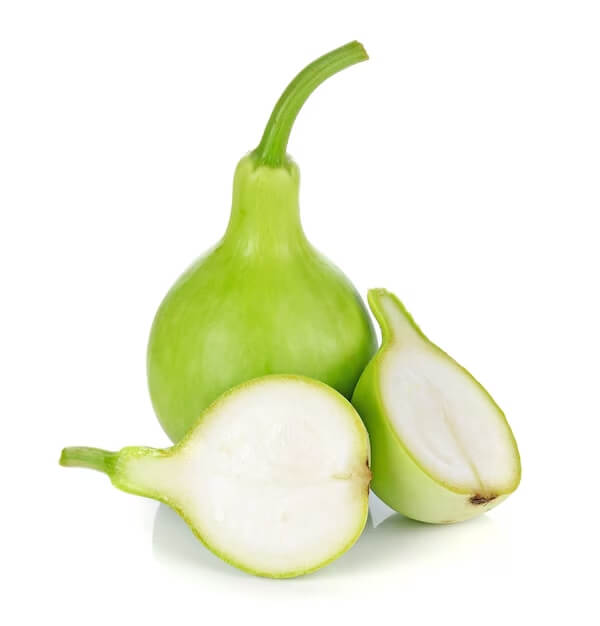
Certain varieties of bottle gourd develop into exaggerated pear shapes — a slender neck atop a swollen base. Cultivated for millennia, especially in Asia and Africa, the young, tender gourds are used as mild, spongy vegetables in curries, soups, and stir-fries.
Once mature and dried, their hard shells historically served as natural containers and musical instruments. Light, low-calorie, and hydrating, bottle gourds support digestion and are commonly used in Ayurvedic cooking.
11. Pomelo
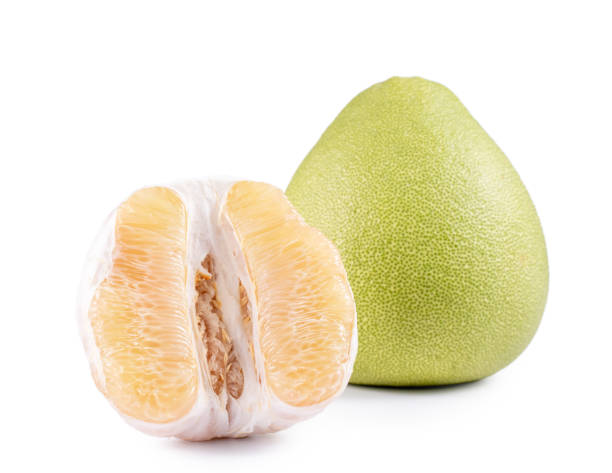
While many pomelos are round, Southeast Asian types often swell into heavy pear-like forms, tapering gently toward the stem end. Wrapped in thick rind and spongy pith, they reveal giant citrus segments that are sweet, floral, and less bitter than grapefruit.
Typically peeled and eaten fresh, pomelos are also used in salads and desserts. Abundant in vitamin C, potassium, and antioxidants, they are revitalizing fruits believed to support heart and immune health.
